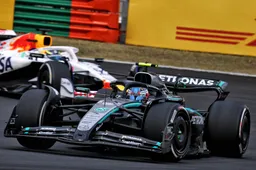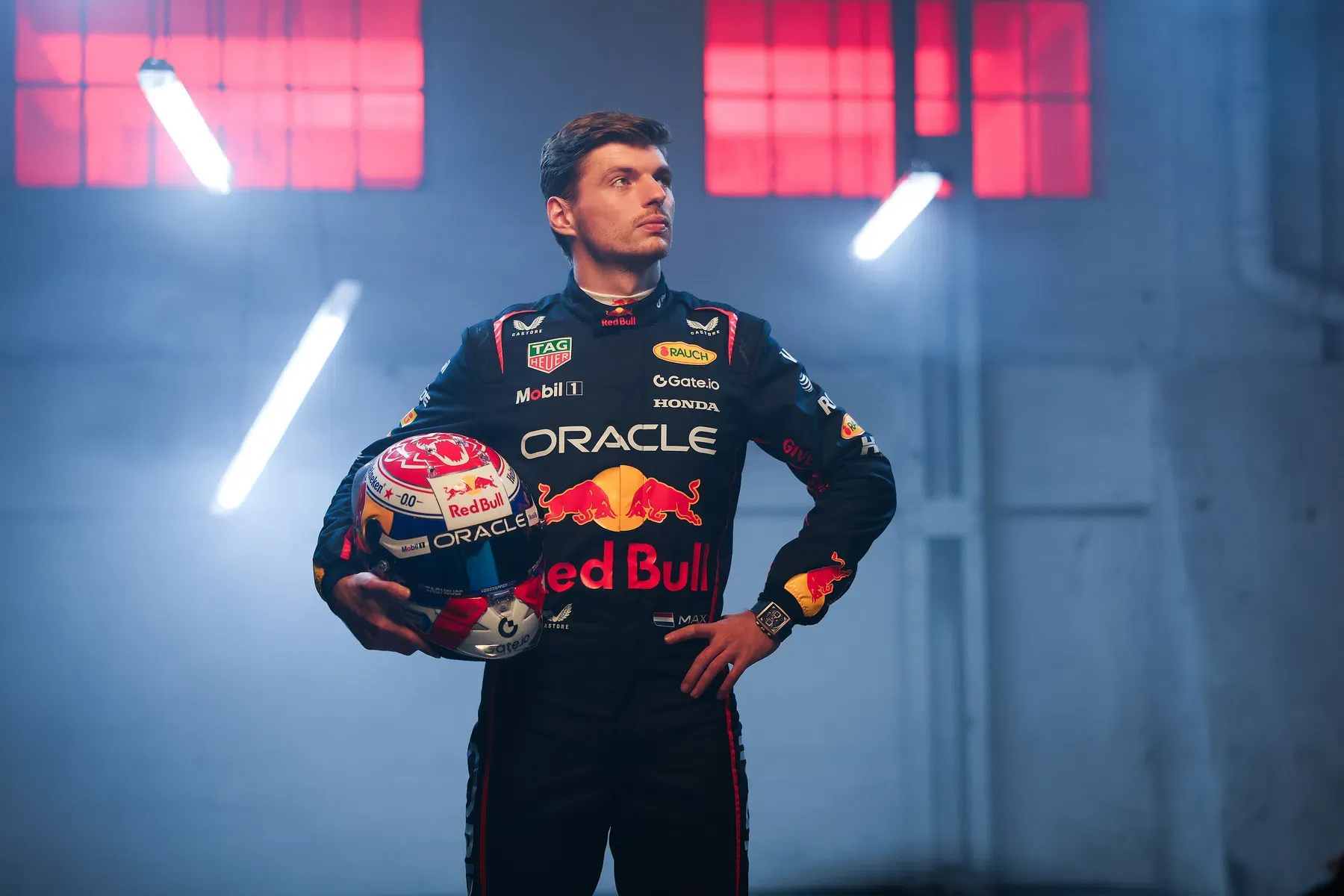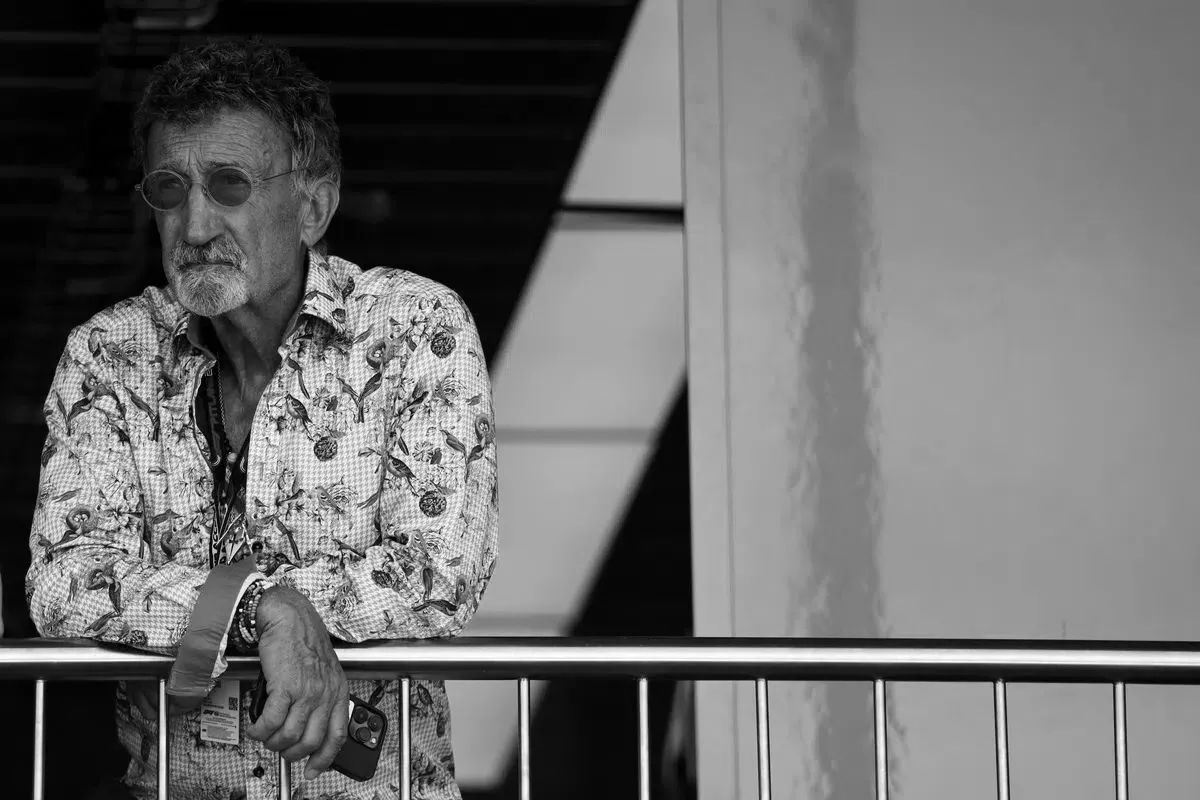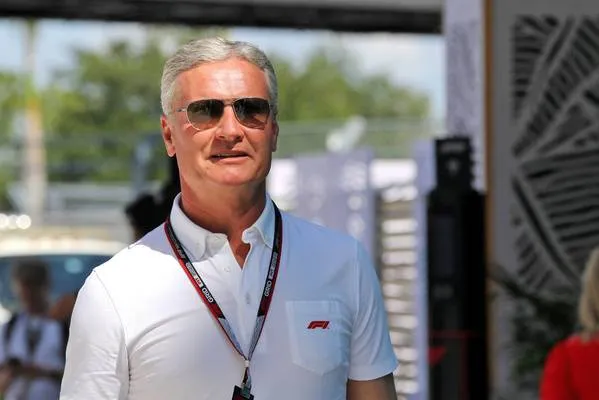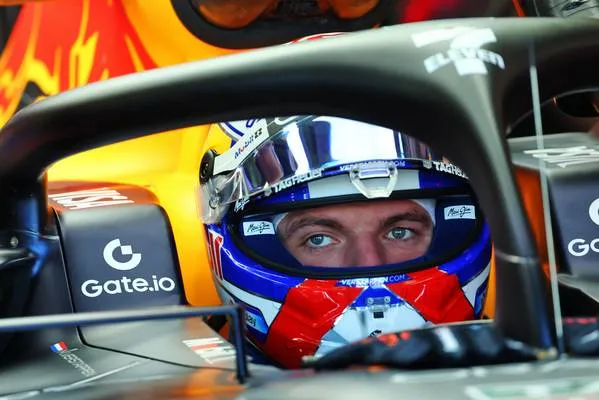After all the fair criticism for the problem in FP1, Las Vegas offered us a great weekend of racing and show: both qualifying and the race saw an extremely tight fight between Red Bull and Ferrari, which eventually resulted in a victory for Max Verstappen and a P2 for Charles Leclerc. He made a late overtake on Sergio Perez.
From a technical point of view, the long straights and the low-speed corners flattened the performance difference we have been used to seeing this year, with different teams adopting different set-up configurations to better suit their car to the high-efficiency Las Vegas Circuit. Let’s try to explain which choice was the best.
Red Bull with different setups
Red Bull adopted a different set-up for their two drivers only after FP3: during the only (full) session on Thursday night, the team decided to run the low downforce rear wing already seen in Baku and Miami. This wing spec configuration provides high top speeds, especially when the DRS is open. It also gives the drivers a lot of stability under braking and in traction zones while allowing better tyre management during the race. Both Verstappen and Perez adopted this wing solution in FP2 and FP3 (low wing in the drawing). Still, they resulted way behind Ferrari’s pace in qualifying simulations. In fact, this choice made the RB19 slower than Ferrari in all the straights where the DRS couldn’t be used.
For this reason, immediately after FP3, the team decided to adopt (only) Max Verstappen’s car. It's the same version of this rear wing but with the DRS flap trimmed. This rear wing spec had a cut in the trailing edge, which should provide less drag (because there’s less wing surface) and thus higher top speeds. To not lose too much downforce, the team also decided to glue a “nolder” to the trailing edge, a very small carbon-fibre profile which is designed to increase the load generated from an airfoil. On the other hand, Sergio Perez kept using the same rear wing, which had a bigger DRS flap with a small Gurney in the middle. This choice could have been made to match Perez’ driving style. The Mexican driver, in fact, is known to prefer a more neutral car compared to his teammate, and thus, a little more downforce on the rear probably helped him in the twisty second sector.

The consequences were immediately visible during qualifying: Verstappen managed to put in a lap only good for P3 (almost 4 tenths behind Leclerc), with Perez out in Q2.
Despite this result, the team was confident that this more loaded set-up could have helped them to warm up the tyres quickly and manage them better than Ferrari during the race. This is what happened, especially on the hard tyres, which seemed to work better for the Milton Keynes team rather than for Ferrari, who were quite strong on the mediums. In fact, Sergio Perez had a very strong pace since the beginning and could come back to the podium (also helped by the Safety Car) after a start to forget, when he damaged his front wing and had to pit for a new one. Christian Horner was impressed by the Mexican driver’s performance as he confirmed to SkySports after the race: “But coming from the back of the grid, after a nose change on the first lap, I thought he drove a great run. [...] His pace was right there again today. So, the last two or three races, he's really been finding his form again."
On the other side of the garage, Verstappen suffered huge graining during the first stint on the medium, probably because he pushed too much on cold tyres, resulting in an early pit stop compared to his rival Leclerc. Despite this, he could still come back to P1 thanks to great pace on the hard tyres and incredible speeds with the DRS open.
Ferrari very strong since FP1
For what concerns Ferrari, their car worked beautifully for the whole weekend, proving that they did a stellar job in preparation back at Maranello. The SF-23, in fact, was extremely competitive around Las Vegas for a few reasons. First of all, the car has been designed to be quick in straight lines and has a very good mechanical grip, which is essential to be fast in slow-speed chicanes, all features of the new circuit in Nevada.
Moreover, the low track temperatures and the higher tyre pressure imposed by Pirelli helped the car even more, as tyre degradation was way less than normal. Still, it was crucial to keep the tyres in the working operating window to avoid graining and to wake them up during qualifying. Ferrari had all these aspects under control since the first session on Thursday: the car was very quick both on the long run down to the Las Vegas Strip and also in the second sector, which Leclerc could interpret like no one else.
From a technical point of view, the Italian team experimented a lot with the set-up on Thursday and Friday. During Thursday's FP2, both Sainz and Leclerc adopted the same rear wing seen in Spa, with a spoon mainplane with a reduced chord. The DRS flap had a greater chord with a noticeable nolder and a fairly accentuated Gurney in the central part of the wing to increase the downforce. This spec also featured a cut in the endplate transition and mono-pillar support to reduce drag as much as possible. This rear wing choice was matched with a single-element beam wing to reduce drag as much as possible.
However, during Friday’s FP3, the team changed their set-up because the asphalt grip increased a lot after Thursday: for this reason, they decided to adopt the same rear wing used in Monza, which had a flat mainplane with a very reduced chord, to reduce drag as much as possible. Concerning the DRS flap, it was inclined very far forward to reduce the angle of attack to the minimum.
This choice aimed to reduce drag on straights, giving up a bit of downforce generated (aware that the increase in the asphalt grip would have compensated for this loss). This specification, however, features a double pylon support, which is not ideal for reducing drag but is probably necessary to avoid excessive sway and damage to the rear wing. This wing choice was then matched with a double-element beam wing: the lower element had a linear shape, while the upper element had a reduced chord as it progressed towards the endplate connection to produce downforce in the central area (attached to the rear structure) and to reduce drag near the endplates.


Since the main limitation was to warm the fronts, Ferrari decided to bring the same front wing spec they used in Monza, with the last flap trimmed, to reduce drag as much as possible but to be able to keep the fronts alive at the same time.
All these solutions made the SF-23 unbeatable on Friday night, as Charles Leclerc and Carlos Sainz monopolised the front row for Saturday's race, but with the Spanish driver who was forced to take a 10 grid penalty for the battery change after the huge damage caused to his car during FP1.
The SF-23 was very strong during the main race: Charles Leclerc was the quickest on the medium tyres, as he had no graining and could even pass Max Verstappen before the Dutch driver’s pitstop. However, the Monegasque was a bit unlucky with the Safety Car, as he stopped a few laps before the SC came out and had older tyres in the exciting battle with the Red Bulls in the last laps of the race.
He was still able to keep up with Perez once he was passed by the Mexican and got the position back on the last lap with a stunning and special overtake on the inside of turn 14. The Ferrari driver confirmed his happiness in the usual post-race interviews: "Once I went for it, I was pretty confident it would work out. It was basically the only opportunity I had. It’s the only place where you can go for an overtake, and I also had in mind that Checo had done a small mistake four or five laps before, so I knew he was being cautious a little bit on braking.”
A race to forget for McLaren and Mercedes
Last but not least, a brief mention to Mercedes and McLaren's race: both teams suffered a lot due to the high drag of their cars and never seemed to have the pace to compete with Ferrari and Red Bull out in front. Mercedes suffered from rear instability and high drag all weekend, with Hamilton failing to get into Q3. Russell had great pace during the race as he managed to get back to P4 but was then relegated back to P8 for a penalty.
McLaren expected to suffer around Las Vegas, but their performance was really shocking, as Norris and Piastri only managed to get 16th and 19th in qualifying. The MCL60 had its weaknesses exposed at this track. The car has always been very slow in the straights and has suffered a lot in slow-speed corners, where mechanical grip is fundamental. The team expected that their car’s ability to put a lot of energy into the tyres would have helped them in Vegas, but as the rubber was put down and the grip increased, this kind of advantage seemed to disappear.
For both these teams, improving their performance on these circuits is a crucial aspect to work on for next year if they really want to be fighting with Red Bull for the Championship.
In conclusion, this weekend's hype and expectations were matched with a weekend full of shows and battles on the track, surrounded by a glittering backdrop. It’s now time to head to the last race of the season, where there’s still a battle between Ferrari and Mercedes for the second spot in the Constructors’ to be looking at, as they’re separated by just 4 points.
Popular on GPBlog

Red Bull present return of throwback Honda livery for special home Grand Prix
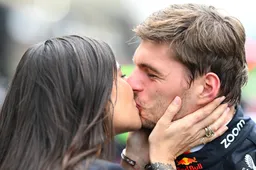
Pregnant Kelly Piquet shares photos with Verstappen and Penelope
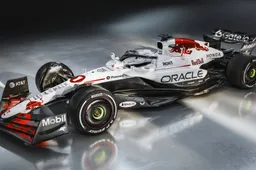
Photos | See the special livery on Verstappen's RB21 from all angles
